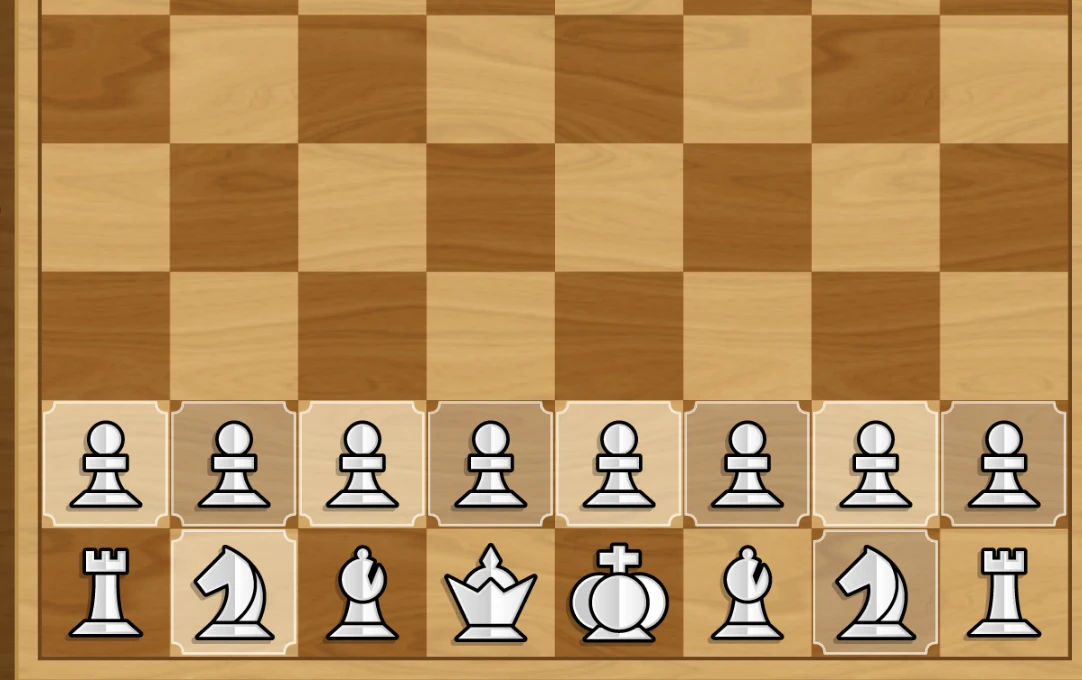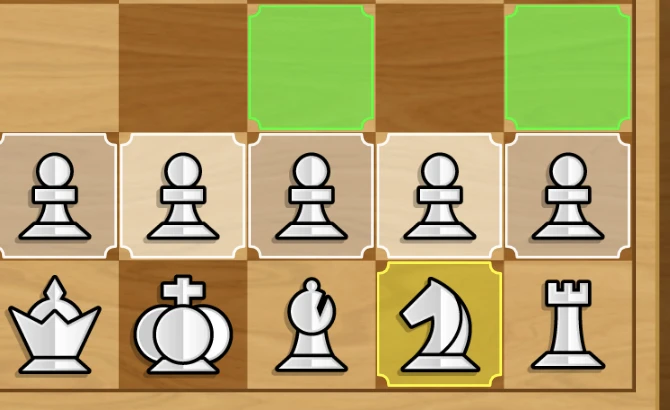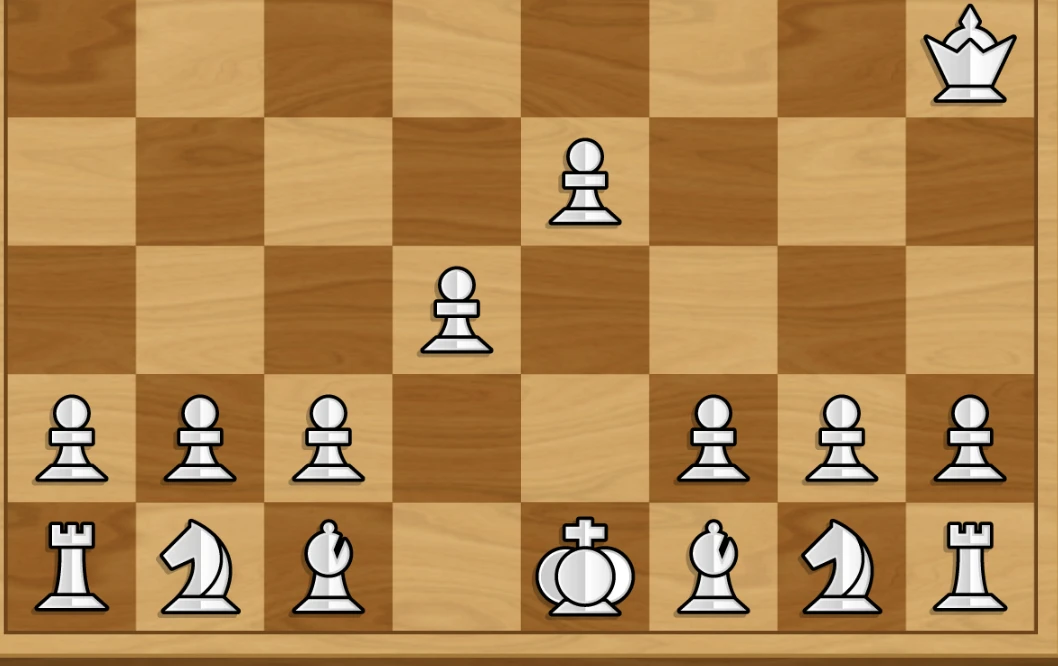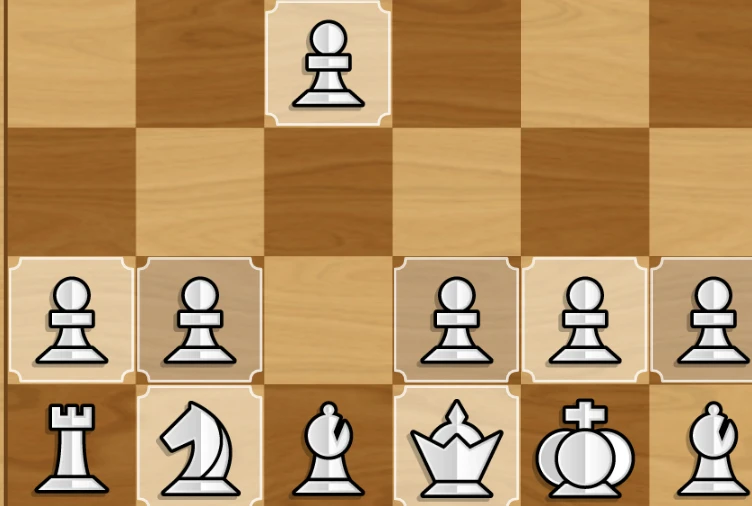Chess Openings for White: Strategies to Win

Chess is a game ofpsychology and strategy that begins from the very first move. Since the 16th century, it has been standardized for White to move first. So, if you are playing White, this is your chance to set the tone from the very start.
A strong opening is unlikely to win the game, but it does at least allow you to launch your first attack with confidence and momentum while simultaneously getting your opponent to think. This simple guide should point you in the right direction.
Understanding Chess Openings for White
It is commonly accepted that moving first does give White a slight advantage in Chess, regardless of playing ability. However, at the top echelons of the game, Russian grandmaster Evgeny Sveshnikov suggested that players should be victorious when playing White and be content with a draw when playing Black. Whether the advantage is noteworthy or not, every player should be eager to make the right opening moves.
While Chess is a game in which endless moves can be played, it should be noted that there are a limited number of first moves. There are 10 pieces that can play the first move - the eight pawns across row 2 and the two Knights - with the following options;
- Any Pawn from A2 to H2 can move a single space forward into row 3.
- Any Pawn from A2 to H2 can move two spaces forward into row 4.
- The Knight at B1 can move to A3 or C3.
- The Knight at G1 can move to F3 or H3.

Top Rated Openings for White Players
When thinking about potential openings for White players in Chess, you should first consider move number one. The most common options are;
- E2 to E4 - which can open various famous chess moves like the Ruy Lopez, Italian Game, Scotch Game, King’s Gambit, King’s Indian Attack or Evans Gambit.
- D2 to D4 - which can open up the Queen’s Gambit, Colle System, Trompowsky Attack, King’s Indian Defense or Nimzo-Indian Defense.
- C2 to C4 - which opens up the English Opening.
Generally, White players start by moving a central Pawn to two spaces. This means occupying the center of the board and subsequently opening the door to an array of potential strategies.

Mastering Beginner White Openings
As a beginner playing against another novice, using the power of the Queen can be a great option as it allows you to attack the opponent’s pieces - especially when the Rooks, Bishops, and Knights are developed too.
When opening as White, you could opt to unleash your Queen with a view to capturing a minor piece like a Pawn in the process. However, the better attack might be to avoid this through the following three-step opening:
- Move the Pawn at D2 (known as Queen’s Pawn) to D3.
- Move the Pawn at E2 (known as King’s Pawn) to E4.
- Move the Queen to H8.
It develops the Queen while also opening space for the Bishop. Moreover, it puts early pressure on the opponent’s King side by focusing on the F7 Pawn. If your opponent doesn't respond correctly, it can even open the door to an early checkmate.
Advanced Strategies in White Openings
The above opening can be great for beginners but probably won’t get the desired response against a more experienced player. Instead, you may look to use some of the following based on the popular opening moves mentioned above.
The English Opening:
Play the opening move of C2 to C4. The opponent will likely play to E4 for a reverse or to C5 for a symmetrical play. In these cases, there is a good chance that the game will develop to a similar position as would have been achieved from playing D4 or E4 as an opening move, although the method of getting there is different.
The Aronian Levon Giri Anish match (2016) famously saw Black respond with E5. This resulted in the following sequence; G3, Nf6, Bg2, d5, cxd5. At this point, White has claimed the first piece.

The Queen’s Gambit:
The Queen’s Gambit starts with D2 to D4. Assuming Black follows with the mirror move of D7 to D5, the second move from White is C2 to C4. From here, if Black takes the Pawn at C4 via the move dxc4, the Queen’s Gambit has been accepted. It will additionally give you the option to decide whether you face the opponent’s King’s Indian or Slav response.
When attempting the Queen’s Gambit, players may also respond with Chigorin Defense (nc6) or E7 to E5. Even so, you can put yourself in a strong position if your next few moves are right and one step ahead of the enemy.
The Rui Lopez
Also known as the Spanish Opening, this is one of the most commonly used tactics when developing a game from an E4 start. After pushing E2 to E4, Black will mirror this with E7 to E5. The second step is to move the Knight to F3, which is reflected by Black’s Knight to C6. From here the White Bishop can move from F1 to B5.
The opening gets your Bishop and Knight out early while it won’t be long before the Queen has the opportunity to develop when needed. Achieving this without even losing a Pawn can be a power play if used well.
Learning some of the other openings mentioned above can be advantageous, especially as you become more experienced. For now, though, simply discovering how to respond in each of the three above based on the moves played by your opponent is the key to success.
Common Mistakes in White Openings
Playing White supposedly gives you an advantage, but the game can turn very quickly if you’re not careful. In fact, it is possible to fall into checkmate (known as fool’s mate) in just two moves. This happens when you move the F2 to F3 followed by G2 to G4, assuming Black opens with E7 and then pushes Queen D8 to H4.
It’s a spectacular albeit unlikely failure but isn’t the only Chess faux pas to avoid when playing White. Other errors include;
- Pushing a Rook out in two moves. While it does get the Rook out early, it also leaves it exposed to less valuable pieces like the enemy Bishop.
- Bringing your Bishop out early when Black has already done the same, as this could allow them to attack and take your Rook.
- Blocking the central pawns by bringing out a Bishop or Knight in front of them. This limits your moves and control of the central area.
Fun and Unbeatable White Tactics

Winning at Chess feels more rewarding when you have to work for the victory. Nevertheless, few sights are more enjoyable than seeing your opponent’s face drop when they realize that you’ve won in just four moves. When playing White, it is possible to do this with the following strategy, known as Scholar’s Mate.
- Move the Pawn at E2 (known as King’s Pawn) to E4.
- Move the Bishop at F1 to C4.
- Move the Queen at D1 to H8.
- Move the Bishop from C4 to F7.
At this point, the King can’t take the Bishop as it is covered by the Queen at H8. Checkmate.
However, it should be noted that it is possible for Black to block this attack by moving the Knight from G8 or by bringing Pawn G7 forward one space. Alternatively, Pawn D7 can move two spaces on the first move to block this. Pawn B7 can do this too but may be lost to the Bishop.
While unlikely, most people will either win or lose at least one game in their lifetime through this method.
Evolving Your Game: White Openings
While mastering your primary strategies is essential, it’s also important to mix things up if you wish to evolve your game more effectively. Here are two options that can be incorporated into your play, particularly if you play against the same person multiple times.
Some alternatives to consider from time to time include;
- The Reti Opening - start by moving the Knight from G1 to F3. It is a good option for conservative players who seek to gain positional power before making an attack later on.
- The Catalan Opening - start by moving D2 to D4, which opens up the Bishop on the long diagonal towards H6. Your subsequent moves are influenced by the moves made by Black, but several options become available.
In truth, the above options are likely to remain secondary plays that are only used on an infrequent basis. However, it can keep your opponent second-guessing, making it much harder for them to change the momentum.
Choosing the Right Opening as White
Ultimately, the right opening move(s) as White depends on several factors including your level of play as well as the opponent. Meanwhile, your natural preference between early attacking play and a more conservative style has a huge impact. If you want to attack early on as a casual player, developing the Queen may be your choice. Conversely, this is an approach that probably won’t occur if you’re a Grandmaster playing at the elite level.
In most cases, your opening is likely to stem from moving the appropriate pawn to either C4, D4, E4 or F4 while B3 and G3 remain a good choice for alternative developments.
Whichever path you choose, though, it’s always important to have a few ideas in your mind about how to develop an attack in response to different plays from your opponent. Repetition is your friend. Try out 247 Chess and its variants, like Winter Chess, to develop your strategy against AI opponents of varying difficulties today.
Seasonal Chess Games
More Games
Chess News
Disclaimer
DISCLAIMER: The games on this website are using PLAY (fake) money. No payouts will be awarded, there are no "winnings", as all games represented by 247 Games LLC are free to play. Play strictly for fun.

































